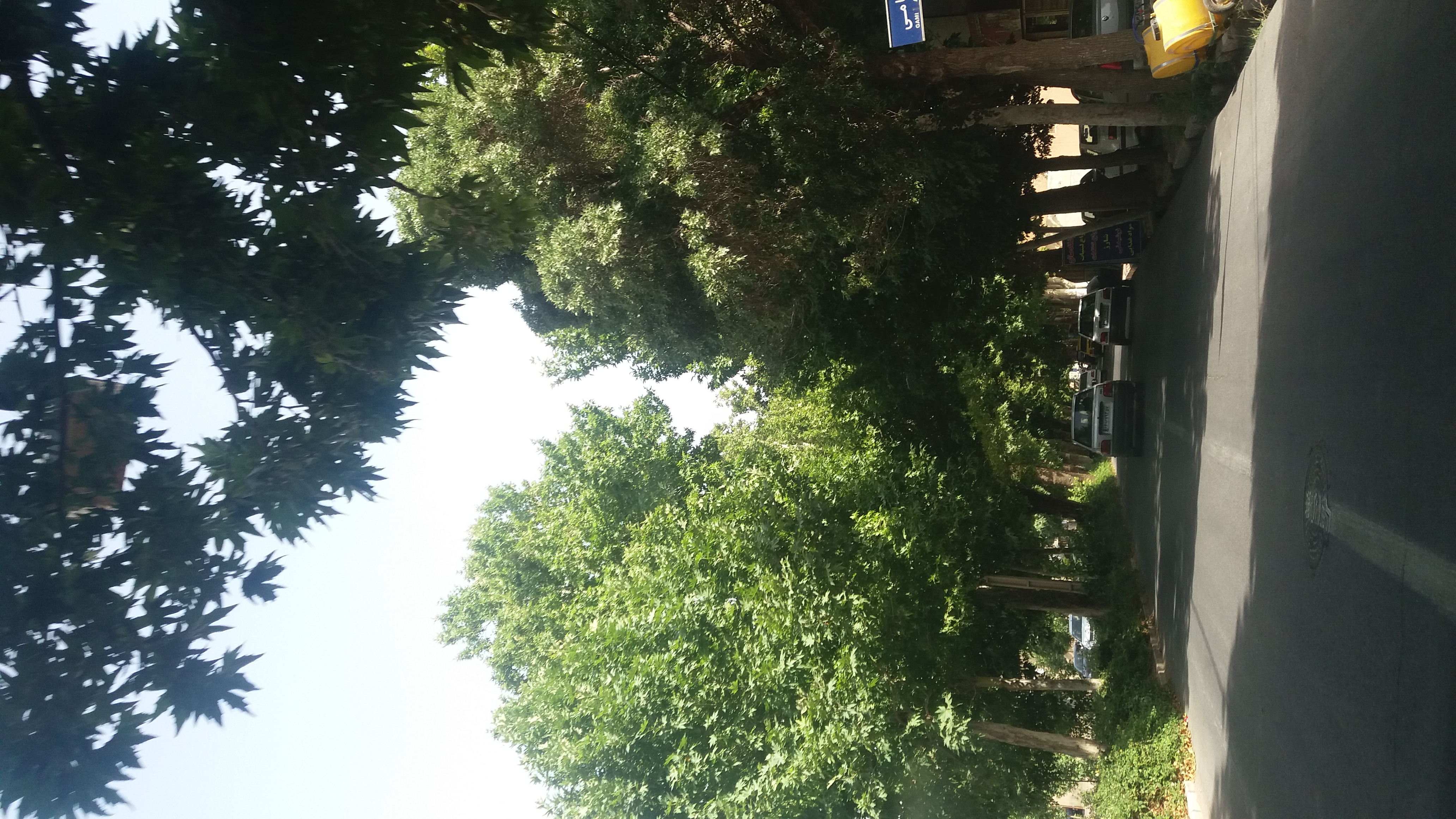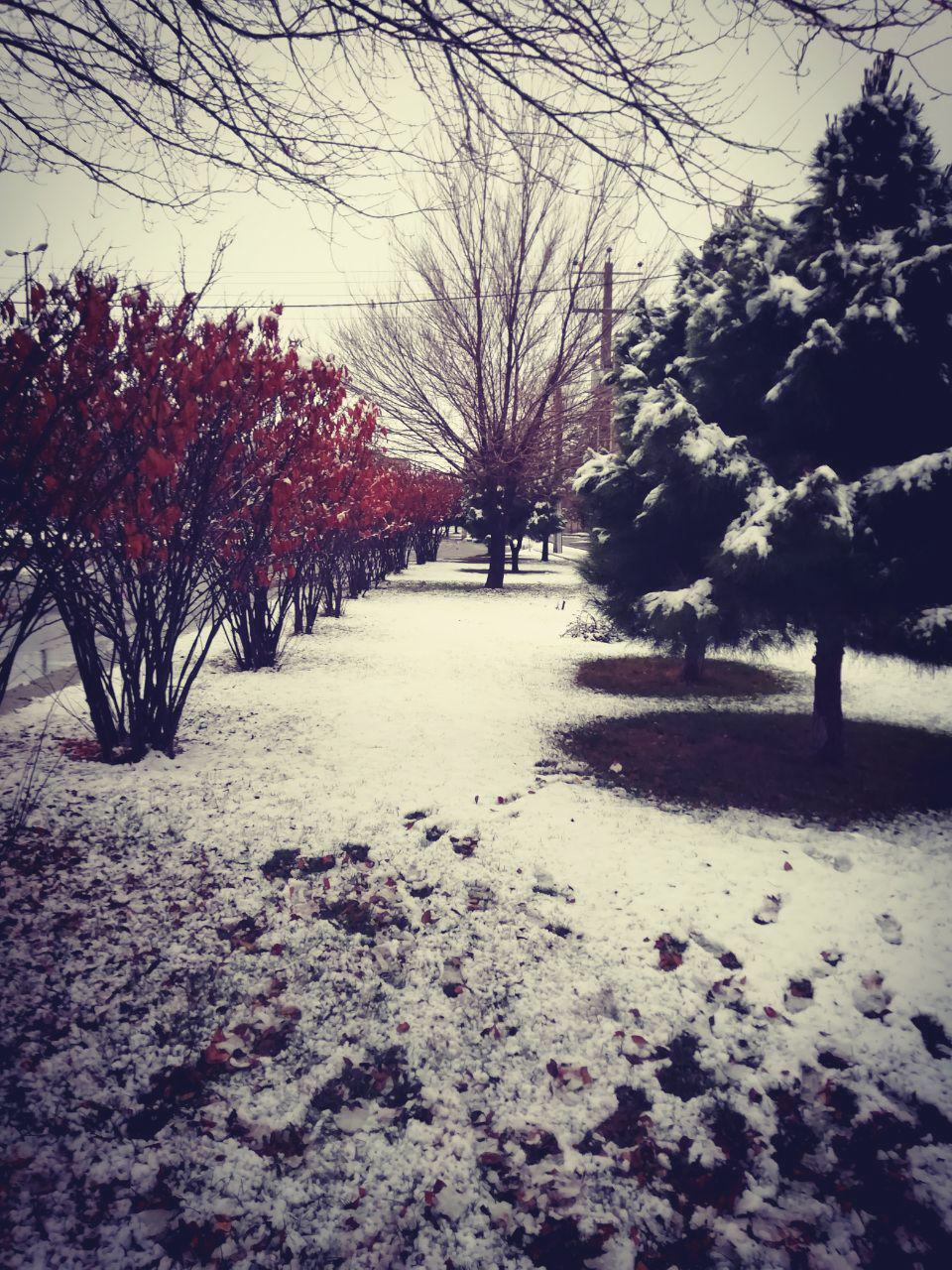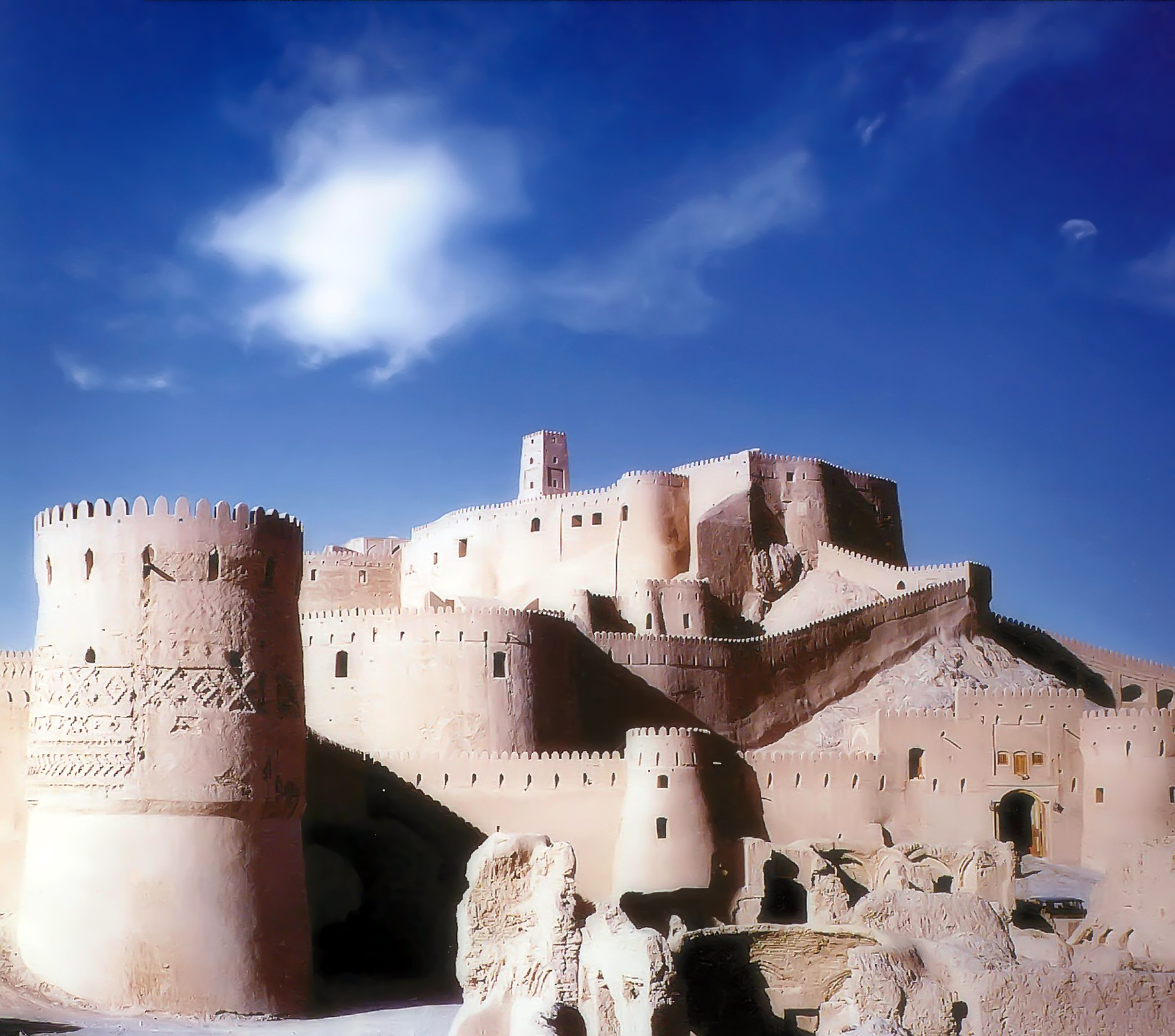|
Aga Khan I
Aga Khan I ( fa, , Āghā Khān-i Awwal or fa, , Āqā Khān-i Awwal, link=no) or Hasan Ali Shah ( fa, , Ḥasan 'Alī Shāh, link=no) (1804–1881) was the governor of Kirman, the 46th Imam of the Nizari Ismaili Muslims, and a prominent Muslim leader in Iran and later in the Indian subcontinent. He was the first Nizari Imam to hold the title Aga Khan. Early life and family The Imam Hasan Ali Shah was born in 1804 in Kahak, Iran to Shah Khalil Allah III, the 45th Ismaili Imam, and Bibi Sarkara, the daughter of Muhammad Sadiq Mahallati (d. 1815), a poet and a Ni‘mat Allahi Sufi. Shah Khalil Allah moved to Yazd in 1815, probably out of concern for his Indian followers, who used to travel to Persia to see their Imam and for whom Yazd was a much closer and safer destination than Kahak. Meanwhile, his wife and children (Including Hasan Ali) continued to live in Kahak off the revenues obtained from the family holdings in the Mahallat () region. Two years later, in 1817, Shah ... [...More Info...] [...Related Items...] OR: [Wikipedia] [Google] [Baidu] |
Shia Islam
Shīʿa Islam or Shīʿīsm is the second-largest branch of Islam. It holds that the Islamic prophet Muhammad designated ʿAlī ibn Abī Ṭālib as his successor (''khalīfa'') and the Imam (spiritual and political leader) after him, most notably at the event of Ghadir Khumm, but was prevented from succeeding Muhammad as the leader of the Muslims as a result of the choice made by some of Muhammad's other companions (''ṣaḥāba'') at Saqifah. This view primarily contrasts with that of Sunnī Islam, whose adherents believe that Muhammad did not appoint a successor before his death and consider Abū Bakr, who was appointed caliph by a group of senior Muslims at Saqifah, to be the first rightful (''rāshidūn'') caliph after Muhammad. Adherents of Shīʿa Islam are called Shīʿa Muslims, Shīʿītes, or simply Shīʿa or Shia. Shīʿa Islam is based on a ''ḥadīth'' report concerning Muhammad's pronouncement at Ghadir Khumm.Esposito, John. "What Everyone Nee ... [...More Info...] [...Related Items...] OR: [Wikipedia] [Google] [Baidu] |
Shah Khalil Allah III
Shah Khalil Allah III ( fa, شاه خليل الله; 1740–1817) was the 45th Imam of the Nizari Ismaili Shia Islam community. Khalilullah Ali III was born in 1740 in the city of Kirman. His upbringing in Mahallat began under the care of his uncle, Mirza Muhammad Bakir at the age of two years, and got rudiments of his formal education at home. In 1792 he succeeded his father Abū-l-Ḥasan ‘Alī ibn Qāsim ‘Alī, for whom he was his eldest son. He moved the seat of the Imamate from Kirman to Kahak, from where he led for 20 years. His name of Shah Khalil Allah was a Ni'matullāhī Sufi name, which reflected the close relationship between the Nizaris and Ni'matullāhīs. In 1815 Shāh Khalīlullāh moved to Yazd in order to be closer to his Indian followers. Death and succession Shāh Khalīlullāh died at the age of 77 in 1817 (along with several followers) as a result of a fanatical Twelver Shia cleric called Mulla Husayn Yazdi inciting a Twelver mob to attack the I ... [...More Info...] [...Related Items...] OR: [Wikipedia] [Google] [Baidu] |
Kandahar
Kandahar (; Kandahār, , Qandahār) is a List of cities in Afghanistan, city in Afghanistan, located in the south of the country on the Arghandab River, at an elevation of . It is Afghanistan's second largest city after Kabul, with a population of about 614,118. It is the capital of Kandahar Province as well as the de facto capital of the Taliban, formally known as the Islamic Emirate of Afghanistan. It also happens to be the centre of the larger cultural region called Loy Kandahar. In 1709, Mirwais Hotak made the region an independent kingdom and turned Kandahar into the capital of the Hotak dynasty. In 1747, Ahmad Shah Durrani, founder of the Durrani dynasty, made Kandahar the capital of the Durrani Empire, Afghan Empire. Historically this province is considered as important political area for Afghanistan revelations. Kandahar is one of the most culturally significant cities of the Pashtun people, Pashtuns and has been their traditional seat of power for more than 300 years. ... [...More Info...] [...Related Items...] OR: [Wikipedia] [Google] [Baidu] |
Shahr-e Babak
Shahr-e Babak ( fa, شهربابك, also romanized as Shahr-e Bābak, Shahr-i-Bābak, and Shahr Bābak) is a city and capital of Shahr-e Babak County, Kerman Province, Iran. At the 2006 census, its population was 43,916, in 10,401 families. Situation Shahr-e Babak is an ancient city in Iran. Historians believe this town has been built by Ardeshir Babakan, the most famous Sasanian king near 1,800 years ago. Maymand one of the 4 most oldest villages in Iran is 36 km far from Shahrbabak. Sarcheshmeh and Miedook, the biggest copper mines in Iran, are located around this town. Shahr-e-Babak is located in the west part of the Kerman province, Iran. To its east is Rafsanjan, in its southern limits is Sirjan, and to the north and west has common borders with the province of Yazd. Shahr-e-Babak is one of the ancient cities of Iran, and its founder is said to be Babak (the father of Ardeshir Babakan). Such that ancient geographers have mentioned this city in their records, and ot ... [...More Info...] [...Related Items...] OR: [Wikipedia] [Google] [Baidu] |
Mahallat
Mahallat ( fa, محلات, also Romanized as Maḩallāt; also known as Mahallāt Bāla and Maḩallāt-e Bālā) is the capital of Mahallat County, Markazi Province, Iran. At the 2006 census, the city had population of 35,31910,285 families. In ancient times it was an important location for Zoroastrianism. It has a cold climate, and strong winds during spring and summer. The city is one of the major producers and exporters of flowers in Iran. Every September the city holds a flower festival. In addition, the area surrounding the city is rich with travertine deposits, which are refined into tiles in nearby factories. There are remains of Hellenistic architecture from Alexander the Great's time in Mahallat as well as fire temple ruins dated from the Zoroastrianism era. The city is famous for a large warm water spring flowing from mountains in the North into the plain areas of the South, which are used for agriculture as well as the urban water supply. There are also hot spring ... [...More Info...] [...Related Items...] OR: [Wikipedia] [Google] [Baidu] |
Delijan
Delijan ( fa, دليجان, also Romanized as Delījān, Dalijān, and Dilījān) is a city and capital of Delijan County, Markazi Province, Iran. At the 2006 census, its population was 31,852, in 8,779 families. Delijan is located 80 km (50 Mi) from Qom and 160 km (100 Mi) from Isfahan. The native population of Delijan speaks a dialect they call Delijani (or Diligoni in the native language). The native language of Delijan seems to be a version of the old-Persian language, which is similar to the language spoken in Abyaneh one of the oldest Persian village located about an hour away from Delijan. Sites of interest include the 15th Khordad dam and Chal Nakhjir cave as well as its hot spring resort. Delijan is an industrial city and is home to several popular carpet companies like the Mahestan, Setareh Talaii and Said companies. Also home of several companies producing a type of roof isolation called "Isogam". The area North-East of Delijan is populated by seven villa ... [...More Info...] [...Related Items...] OR: [Wikipedia] [Google] [Baidu] |
Arg E Bam
The Arg-e Bam ( fa, ارگ بم), located in the city of Bam, Kerman Province of southeastern Iran, is the largest adobe building in the world. The entire building was a large fortress containing the citadel, but because the citadel dominates the ruins, the entire fortress is now named Bam Citadel. Listed by UNESCO as part of the World Heritage Site "Bam and its Cultural Landscape", it can be traced back to at least the Achaemenid Empire (sixth to fourth centuries BC). The citadel rose to importance from the seventh to eleventh centuries, as a crossroads along the Silk Road and other important trade routes, and as a producer of silk and cotton garments. On 26 December 2003, the citadel was almost completely destroyed by an earthquake, along with much of the rest of Bam and its environs. A few days after the earthquake, the President of Iran, Mohammad Khatami, announced that the citadel would be rebuilt. A brief history There is no precise archaeological dating of the bui ... [...More Info...] [...Related Items...] OR: [Wikipedia] [Google] [Baidu] |
Nosrat-od-Dowleh Firouz Mirza
Firouz Mirza Nosrat ed-Dowleh (1818 – January 1886''Shahzdeh’s Tree, A family Genealogy of Abdol Hossein Mirza Farman Farma.'' Mitra Farman Farmaian Jordan, 1997, Universal Printing, Seattle. Pages 30 and 32.) Persian prince of Qajar dynasty, was the 16th son of crown prince Abbas Mirza and full-brother of Khanlar Mirza. Offspring Firuz Mirza had 5 children from his wife, Princess Homa Khanoum daughter of Bahman Mirza Baha od-Dowleh 37th son of Fath Ali Shah: * From Princess Homa Khanoum: ** Prince Abdol-Hamid Mirza ''Farman Farma'' (1840 – 1892), governor of Kerman from 1881 to 1892. He had 2 children, one daughter and one son, Prince Abdol-Majid Mirza. ** Prince Abdol-Hossein Mirza Farman Farma. ** Princess Najm es-Saltaneh, founder of Najmieh hospital endowment in Tehran, mother of Mohammad Mosaddeq. ** Princess Sarvar es-Saltaneh ''Hazrat-e Olia'', married Mozzafar al-Din Shah Qajar had 2 children, a daughter and a son, Princess Fakhr ed-Dowleh mother of Ali A ... [...More Info...] [...Related Items...] OR: [Wikipedia] [Google] [Baidu] |
Narmashir
Narmashir ( fa, نرماشير, Narmāshīr; formerly, Rostamabad (Persian: رستم آباد) also romanized as Rostamābād) is a city & capital of Narmashir County, Kerman Province, Iran. At the 2006 census, its population was 3,966, in 1,007 families. History In the middle ages, Narmashir was one of the major cities of Kerman, but it was not at its present location — the ruins at the nearby village of Choghukabad are the most likely candidate for the site of medieval Narmashir. The medieval geographers al-Muqaddasi, Yaqut al-Hamawi, and Hamdallah Mustawfi described medieval Narmashir as a large and prosperous town on the main trade route connecting Kerman with Sistan. Merchants travelling between Oman and Khorasan did business here, and there was also a market for Indian goods. The town was walled, with four gates and a citadel, and there was a congregational mosque A congregational mosque or Friday mosque (, ''masjid jāmi‘'', or simply: , ''jāmi‘''; ), or someti ... [...More Info...] [...Related Items...] OR: [Wikipedia] [Google] [Baidu] |
Bam, Iran
Bam ( fa, بم) is a city and capital of Bam County, Kerman Province, Iran. At the 2006 census, its population was 73,823, in 19,572 families. The modern Iranian city of Bam surrounds the Bam citadel. Before the 2003 earthquake the official population count of the city was roughly 43,000. There are various opinions about the date and reasons for the foundation of the citadel. Economically and commercially, Bam occupied a very important place in the region and was famous for its textiles and clothes. Ibn Hawqal (943–977), the Arab traveller and geographer, wrote of Bam in his book ''Surat-ul-'ard'' (''The Earth-figure''): :''Over there they weave excellent, beautiful and long-lasting cotton cloths which are sent to places all over the world There they also make excellent clothes, each of which costs around 30 dinars; these are sold in Khorasan, Iraq and Egypt.'' History The ancient citadel of Arg-é Bam has a history dating back around 2,000 years ago, to the Parth ... [...More Info...] [...Related Items...] OR: [Wikipedia] [Google] [Baidu] |
Muhammad Shah Qajar
Mohammad Shah (; born Mohammad Mirza; 5 January 1808 – 5 September 1848) was the third Qajar ''shah'' of Iran from 1834 to 1848, having succeeded his grandfather Fath-Ali Shah. From a young age, Mohammad Mirza was under the tutelage of Haji Mirza Aqasi, a local dervish from Tabriz whose teachings influenced the young prince to become a Sufi-king later in his life. After his father Abbas Mirza died in 1833, Mohammad Mirza became the Crown Prince of Iran and was conferred the title of Governor of Azarbaijan. Not long after, Fath-Ali Shah died on his way to Shiraz, leading some of his sons—including Ali Shah Mirza and Hossein Ali Mirza—to revolt but Mohammad Shah, with the support of his grand vizier, Abol-Qasem Qa'em-Maqam, suppressed the rebellions and asserted his authority. Mohammad Shah ordered the removal, imprisonment and eventual execution of Qa'em-Maqam, which led to appointment of Aqasi as the grand vizier. One of Mohammad Shah's main goals was to reconquer the rebell ... [...More Info...] [...Related Items...] OR: [Wikipedia] [Google] [Baidu] |
Qumm
Qom (also spelled as "Ghom", "Ghum", or "Qum") ( fa, قم ) is the seventh largest metropolis and also the seventh largest city in Iran. Qom is the capital of Qom Province. It is located to the south of Tehran. At the 2016 census, its population was 1,201,158. It is situated on the banks of the Qom River. Qom is considered holy in Shi'a Islam, as it is the site of the shrine of Fatimah bint Musa, sister of Imam Ali ibn Musa Rida (Persian: ''Imam Reza''; 789–816). The city is the largest center for Shi'a scholarship in the world, and is a significant destination of pilgrimage, with around twenty million pilgrims visiting the city every year, the majority being Iranians but also other Shi'a Muslims from all around the world. Qom is also famous for a Persian brittle toffee known as '' sohan'' (Persian: ), considered a souvenir of the city and sold by 2,000 to 2,500 "sohan" shops. Qom has developed into a lively industrial center owing in part to its proximity to Tehran. ... [...More Info...] [...Related Items...] OR: [Wikipedia] [Google] [Baidu] |







